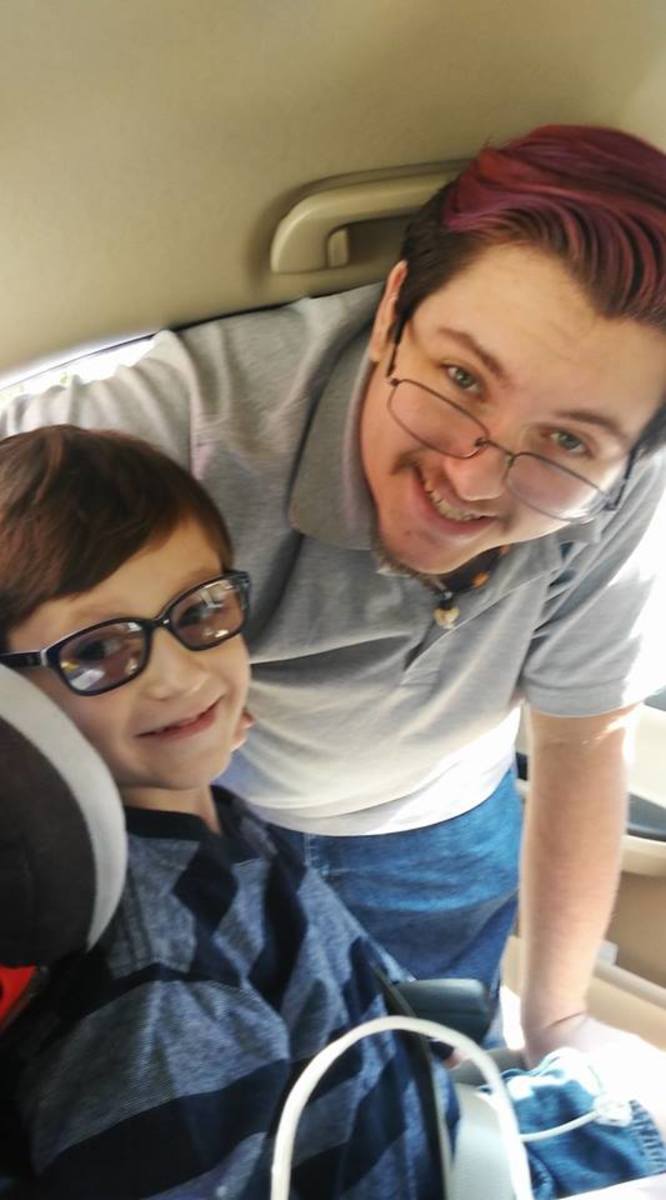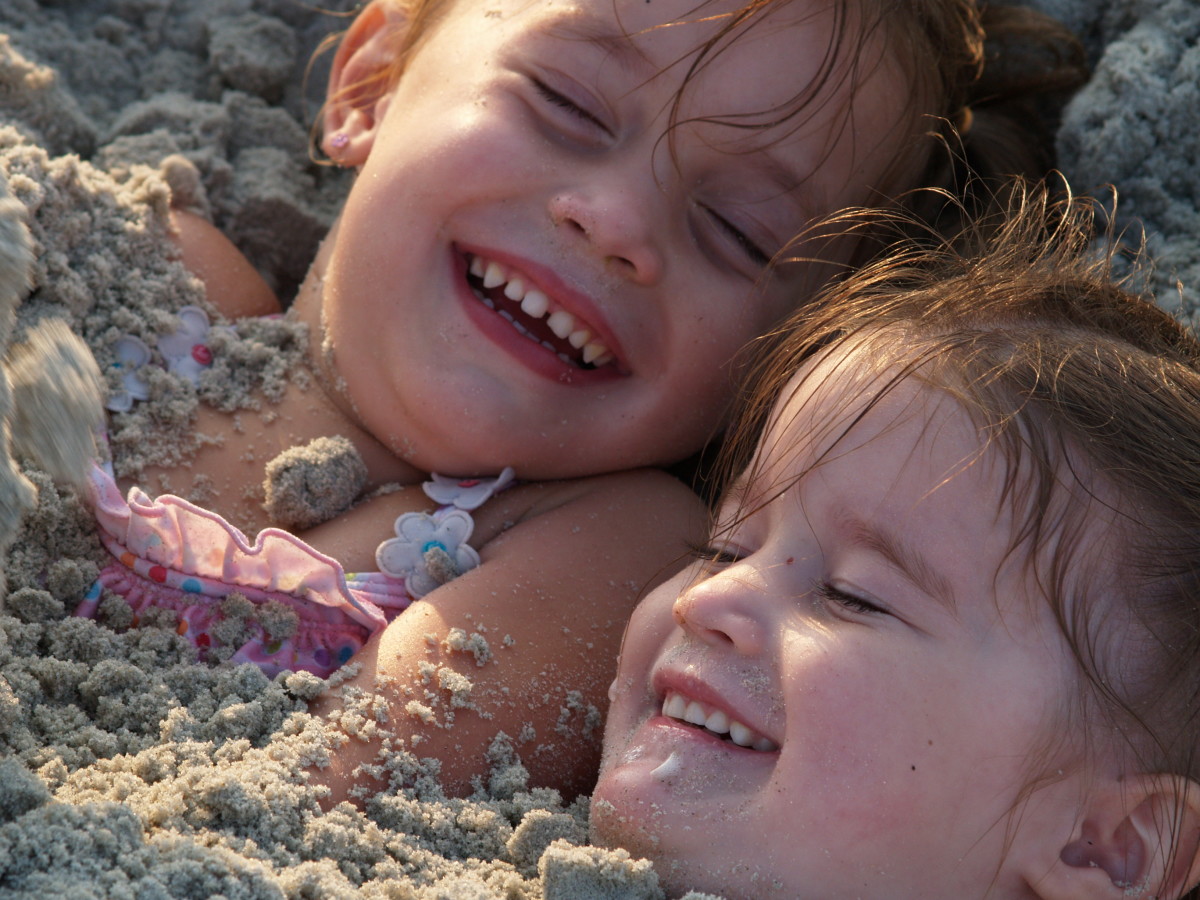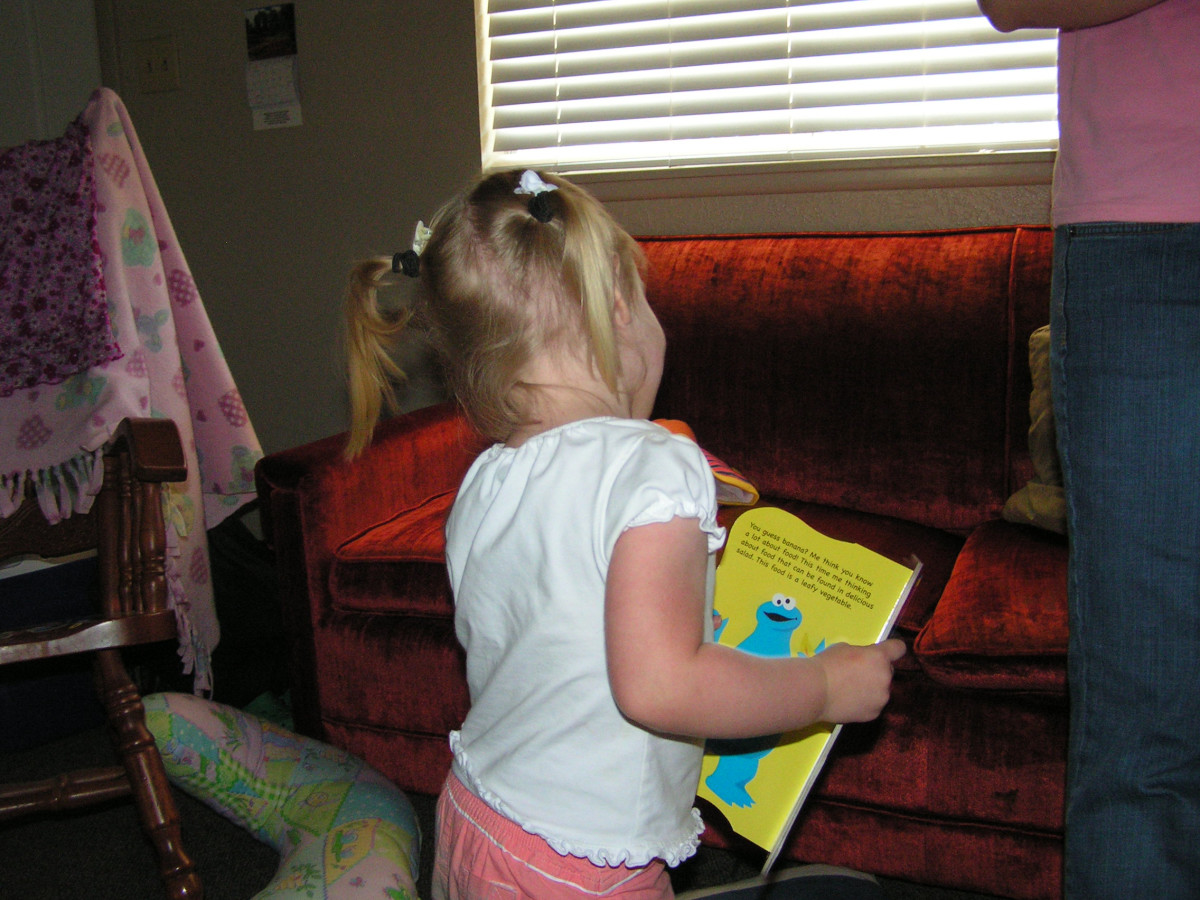- HubPages»
- Family and Parenting»
- Parenting Skills, Styles & Advice»
- Parenting Advice & Tips
How to Encourage Good Behaviour in Children
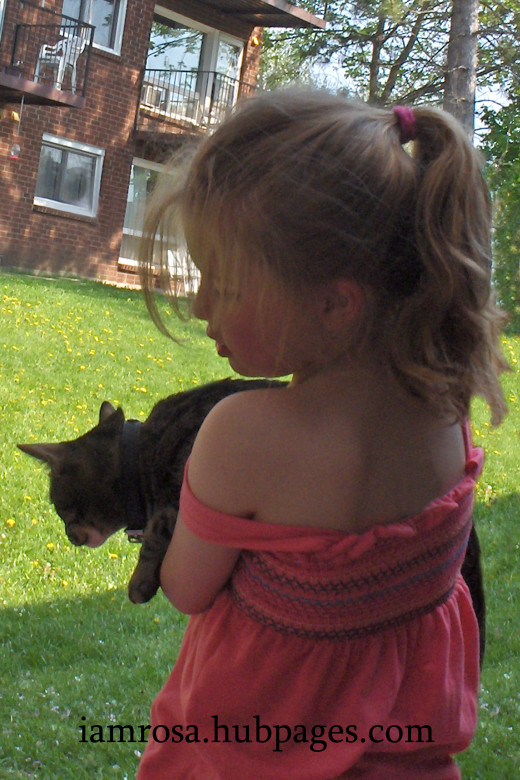
Professional Auntie
I have been caring for children for the better part of a quarter of a century. I have been called a “professional auntie”. The one question I often receive from parents is, “How do you get children to behave so well for you?”
At first, I was baffled by this question. I don’t have a secret technique. Children just behave when in my care. I had to think it over for a while before I realized that I do have a secret technique. I treat children As Though. I treat them As Though they are good children and in return they behave as good children.
My Secret Technique
When we have an expectation of a child, the sad reality is that they will often rise to the level of your expectation and no higher. The greater your expectations, the higher they will rise. If your expectations are low, then they will not rise above them. For the most part, this is because of the fact that we treat other people in accordance to your expectations. It is your attitude towards them that motivates their behaviour. Those who expect a child to misbehave will see mischief in every action.
When I approach a child, especially for the first time, I go in with the expectation that the child is well-behaved. And thus, I treat that child As Though they are well-behaved. The child responds positively to me, because I respond positively to him. This has worked remarkably well, even with children who are “problematic”.
"If you change the way you look at things, the things you look at change." ~ Wayne Dyer
Praise
One of the key components of treating a child As Though is praise. When a child does something we approve of, we give her praise. Praise raises a child up. It makes the child feel good about themselves. It primes the child for more praise. The child craves the praise and positive attention, because it feels good and children like to feel good.
When I first meet a child, I look for something to give the child praise about. Usually it is something that the child does naturally and takes for granted. Or rather, that other adults take for granted. This may be something as simple as putting his dishes in the sink or washing his hands after using the toilet. It might be even simpler than that. Perhaps the child just simply remembered his manners. The key is to find something to sincerely praise the child for.
- “Thank you for putting your shoes by the door. That’s very helpful.”
- “Very good manners!”
- “I see that you are helping. That’s awesome! Thanks for the good job.”
The child has not done anything out of the ordinary, however he has already been praised for what he has done. Suddenly, he is open to new ideas of how he can help. He begins to find creative ways of being involved in activities, even the dull ones like housework. As long as the child efforts are being recognized, he will continue to behave in a manner that draws praise.
Corrective Feedback
Corrective feedback can be a hard thing to handle. Fortunately, if you’ve been able to give the child praise beforehand and build them up, they will be better able to handle corrective feedback. When I say, “corrective feedback,” I am referring to appropriate responses to behaviour that is inappropriate.
Children are very responsive and easy to influence, so a gentle correction goes a long way. Look the child in the eye, use a matter-of-fact tone, and say something like:
- “We don’t behave like that” or “We don’t talk like that.”
- “That is not very nice.”
- “I don’t like that. Let’s not do that again.”
- “No thank you. That’s not okay.”
- “We use our manners here.”
- “I know the that’s allowed at Nana’s house, but we don’t act like that.”
Note
When giving praise or corrective feedback, the behaviour is judged, not the child. IE. "That was very nice of you to share my attention with the other children during playtime" instead of "What a good boy you are for sharing."
Of course, “Nana” is just an example. You would insert the appropriate name. That last example is very effective in teaching a child that different households have different rules. It also helps a child learn to respect other people’s rules and boundaries. It is important to make sure that Nana doesn’t look “bad” or “wrong” for having different rules. If you’re consistent, the child will take their good behaviour with them no matter whose home there in.

Time Out
In the event that I need to go beyond a mild rebuke, a short “Time Out” is usually sufficient enough to correct behaviour. For more information, read “How to Give an Effective Time Out.”
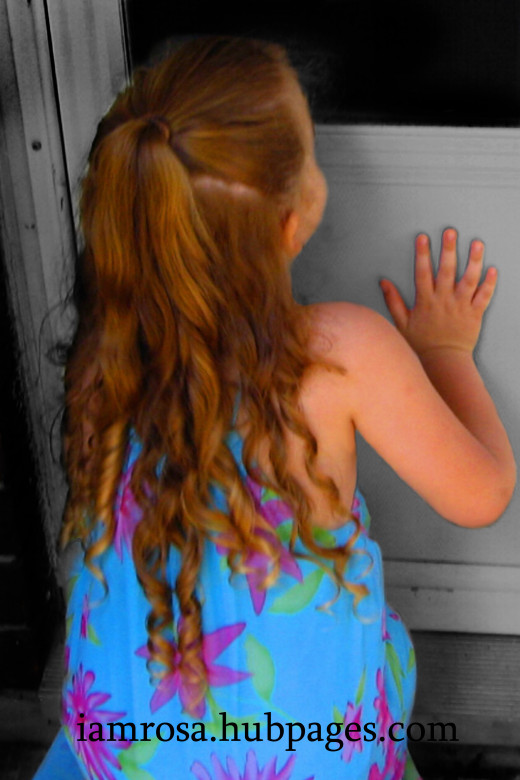
Negative Reinforcement
I’ve never found the need to resort to “Negative Reinforcement” since it is heavy-handed and hurtful. By this, I am referring to negative comments, such as:
- “Don’t be so stupid”
- “You’re so clumsy”
- “I can’t believe what a bad girl you are!”
And, actions like:
- A smack to the back of the head;
- Withholding affection;
- Slapping or other physical discipline.
These are just a few examples of things adults use to “discipline” children. They are demeaning and humiliating. They are also completely unnecessary and result in resentment and subversive acting out. The child may begin to “sneak” or blame others to avoid taking responsibility (and thus avoid punishment). Or, you may find yourself the target of passive-aggressive behaviour, such as your favourite figurine being smashed by “accident” or mysterious scratches on the car.
Be warned: You get out of a child exactly what you put in.
© 2012 Rosa Marchisella



